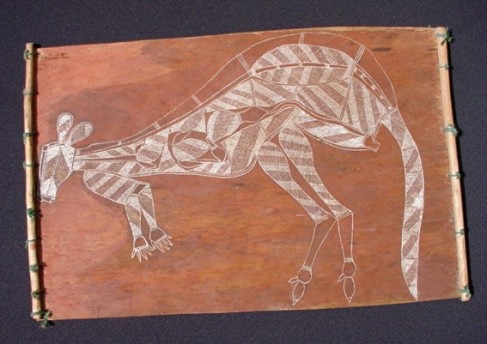At the beginning of this class, I wasn’t entirely sure about studying the arts of Africa, Oceania, and the Americas, in what I would see and how the process would be. The arts have been interesting, with many things that I didn’t expect to see. I have enjoyed some things, and others, while I can appreciate them, I don’t necessarily like from a personal and aesthetic perspective. I think I was equally interested in all of the areas we have seen thus far, and found and learned unexpected things about them and the cultures, especially since I didn’t know to much about them to begin with. I have, however, studied Native North American art somewhat in a past class, with more of that coming up in the coming weeks. I was surprised to see the very naturalistic terra cotta Oni heads of the Ife in Nigeria, and the various canoes of Oceania, which I had never studied before and found very beautiful and unique.
The blogging experience has been fun, since it was something I had never thought I could or would do, and it is very different than what I have done in other classes. It seems helpful in finding things that I likely wouldn’t otherwise from the blogs of other people, and it seems like a unique opportunity that fits well with these societies’ art histories. I can’t believe it’s already the middle of the semester, and I’m excited to see the art of the Pacific Northwest, in particular, because it seems very unique to the other regions of the Americas. I think I have been able to be objective in my study, and be appreciative and respectful of the arts and cultures when it is due, while maintaining my personal beliefs and tastes. In the past, I think I felt like I had to “like” or agree with everything I saw, especially those things outside of western culture, in order to not feel or be seen as judgmental or intolerant.
I think there is a balance to be found between being objective and maintaining personal beliefs and tastes, with being open and receptive; recognizing both my own limited experiences and knowledge (on art and many other subjects), while acknowledging the validity of my opinions and point of view. I think the ability to be more balanced, thoughtful, and objective, when studying and viewing art, and really anything else, is a very valuable skill to have, and one that I can credit to Art 1G.


Recent Comments